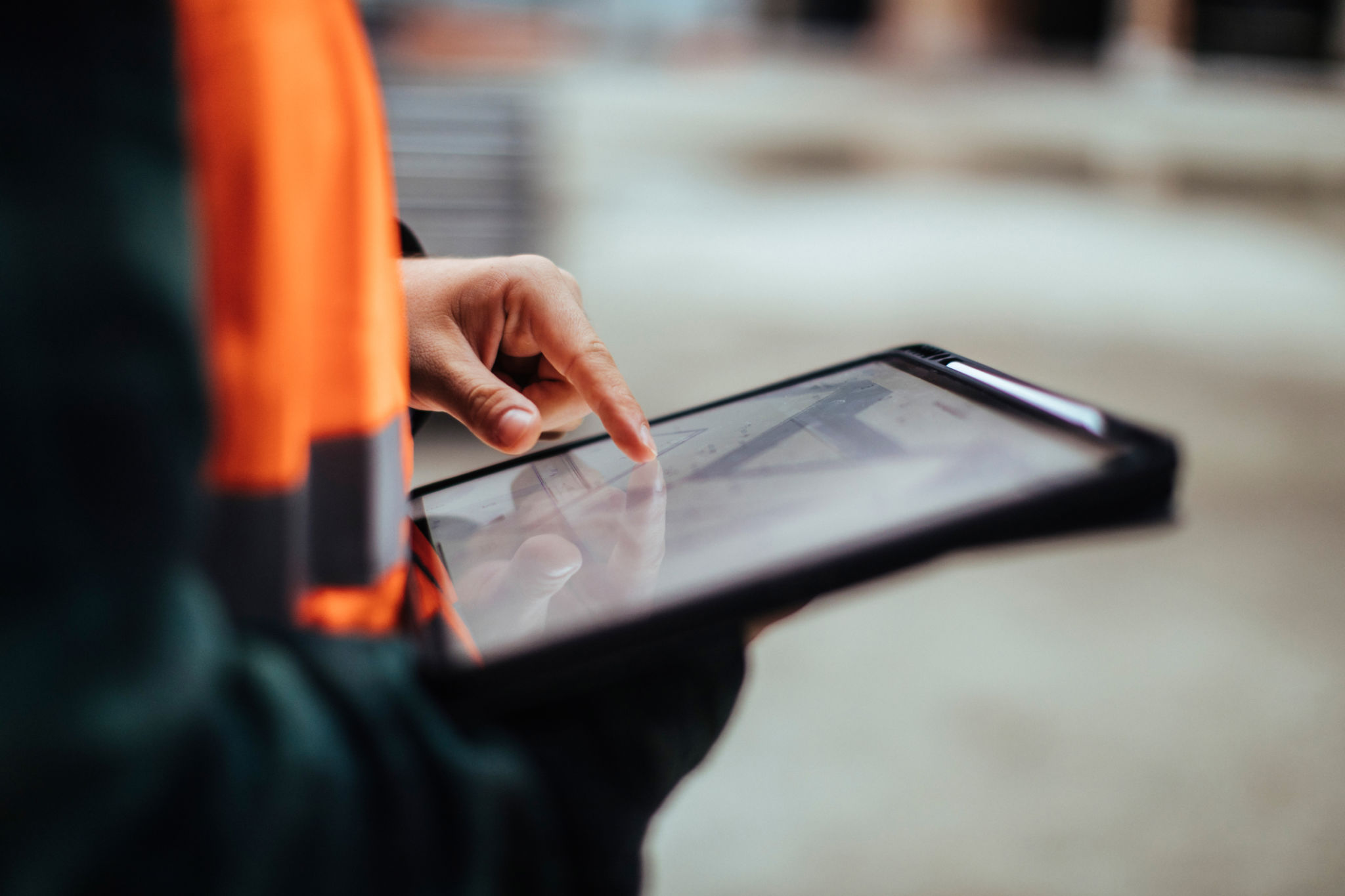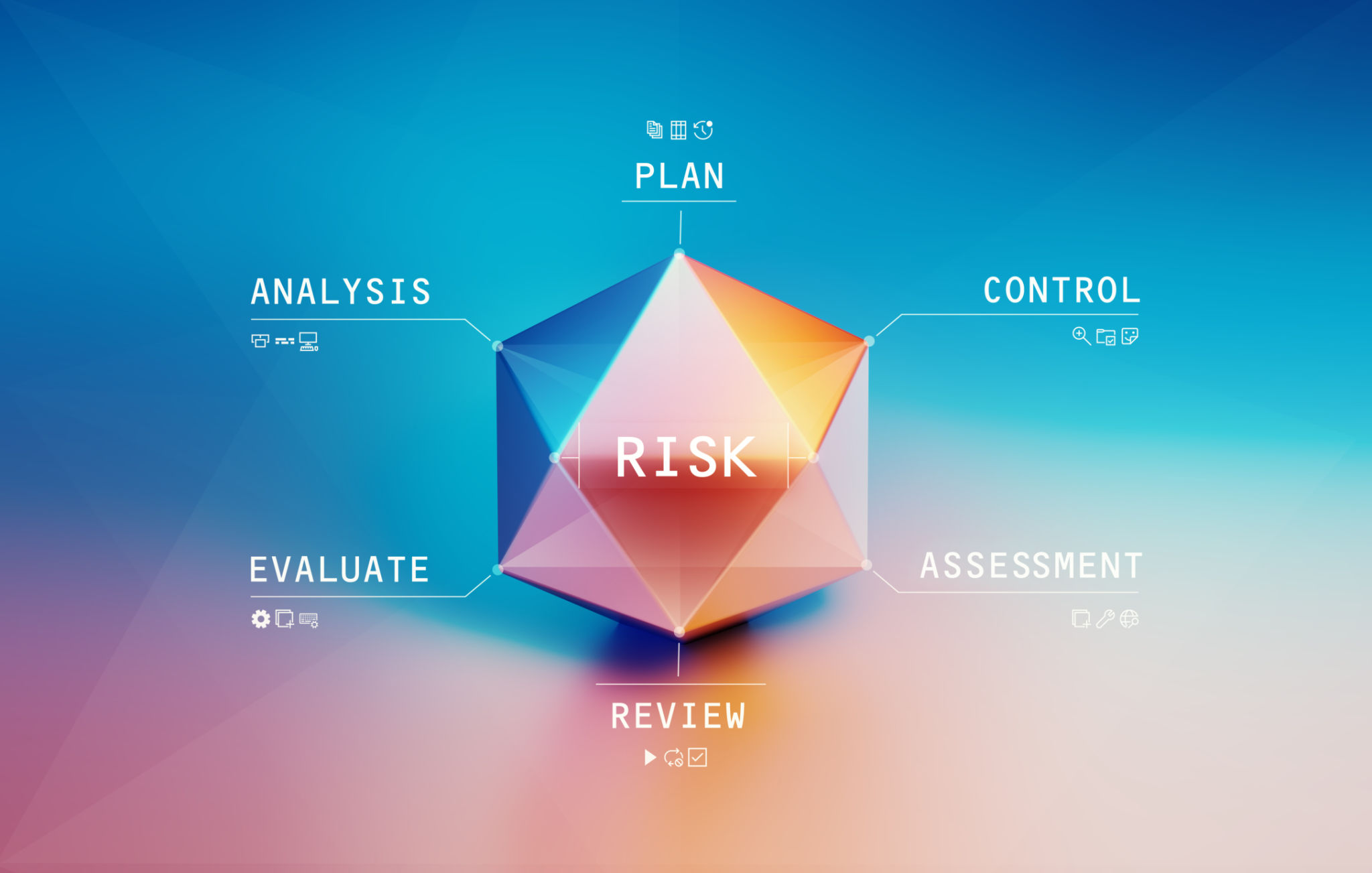Digital Twins in Building Safety: Enhancing Risk Assessment Accuracy
Introduction to Digital Twins in Building Safety
In the rapidly evolving landscape of building safety, technology plays a pivotal role in enhancing risk assessment accuracy. Among the most promising advancements is the concept of digital twins. These virtual replicas of physical assets allow for detailed analysis and monitoring, offering unprecedented insights into building performance and safety.
Digital twins are not just about creating a 3D model; they integrate data from various sources to simulate and predict real-world conditions. This capability can significantly improve safety protocols and risk management strategies, ensuring that buildings are not only efficient but also secure.

Understanding the Role of Digital Twins
Digital twins in building safety are comprehensive digital replicas that encompass structural details, environmental data, and system operations. By consolidating this information, stakeholders can better understand potential hazards and devise effective mitigation strategies.
One of the key benefits of using digital twins is their ability to simulate different scenarios. For example, they can model how a building would respond to natural disasters, such as earthquakes or floods, providing invaluable data for enhancing building resilience and occupant safety.
Enhancing Risk Assessment Accuracy
The accuracy of risk assessments is crucial in preventing accidents and ensuring the well-being of occupants. Digital twins enhance this accuracy by providing real-time data and predictive analytics, allowing for proactive risk management.
Through continuous monitoring and updates, digital twins help identify vulnerabilities before they become critical issues. This proactive approach is essential for maintaining high safety standards and minimizing potential risks associated with building operations.

Integration with IoT Devices
The integration of Internet of Things (IoT) devices with digital twins further amplifies their effectiveness. IoT sensors can collect a vast array of data, from temperature and humidity levels to structural integrity measurements. This data is then fed into the digital twin model, offering a holistic view of the building's status.
This integration allows building managers to make informed decisions based on up-to-date information, ensuring that all safety measures are tailored specifically to the building's current conditions and requirements.
Practical Applications and Benefits
Digital twins have numerous practical applications in building safety. They can be used to streamline maintenance processes, optimize energy consumption, and improve emergency response strategies. These benefits lead to enhanced building efficiency and reduced operational costs.
Moreover, digital twins facilitate better collaboration among stakeholders by providing a centralized platform for data sharing and communication. This transparency ensures that all parties are informed and aligned in their approach to building safety.

Challenges and Future Prospects
While digital twins offer remarkable advantages, their implementation is not without challenges. The initial setup requires significant investment in technology and expertise, and there may be concerns regarding data privacy and security.
Despite these challenges, the future prospects of digital twins in building safety are promising. As technology continues to advance, the capabilities of digital twins will expand, offering even more comprehensive solutions for risk assessment and management.
Conclusion
Digital twins represent a transformative approach to building safety, enhancing risk assessment accuracy through detailed simulations and real-time data integration. By adopting this technology, stakeholders can ensure that buildings are not only efficient but also safe environments for occupants.
In an era where safety standards are continually evolving, embracing digital twins could be a pivotal step towards securing the future of building management.
